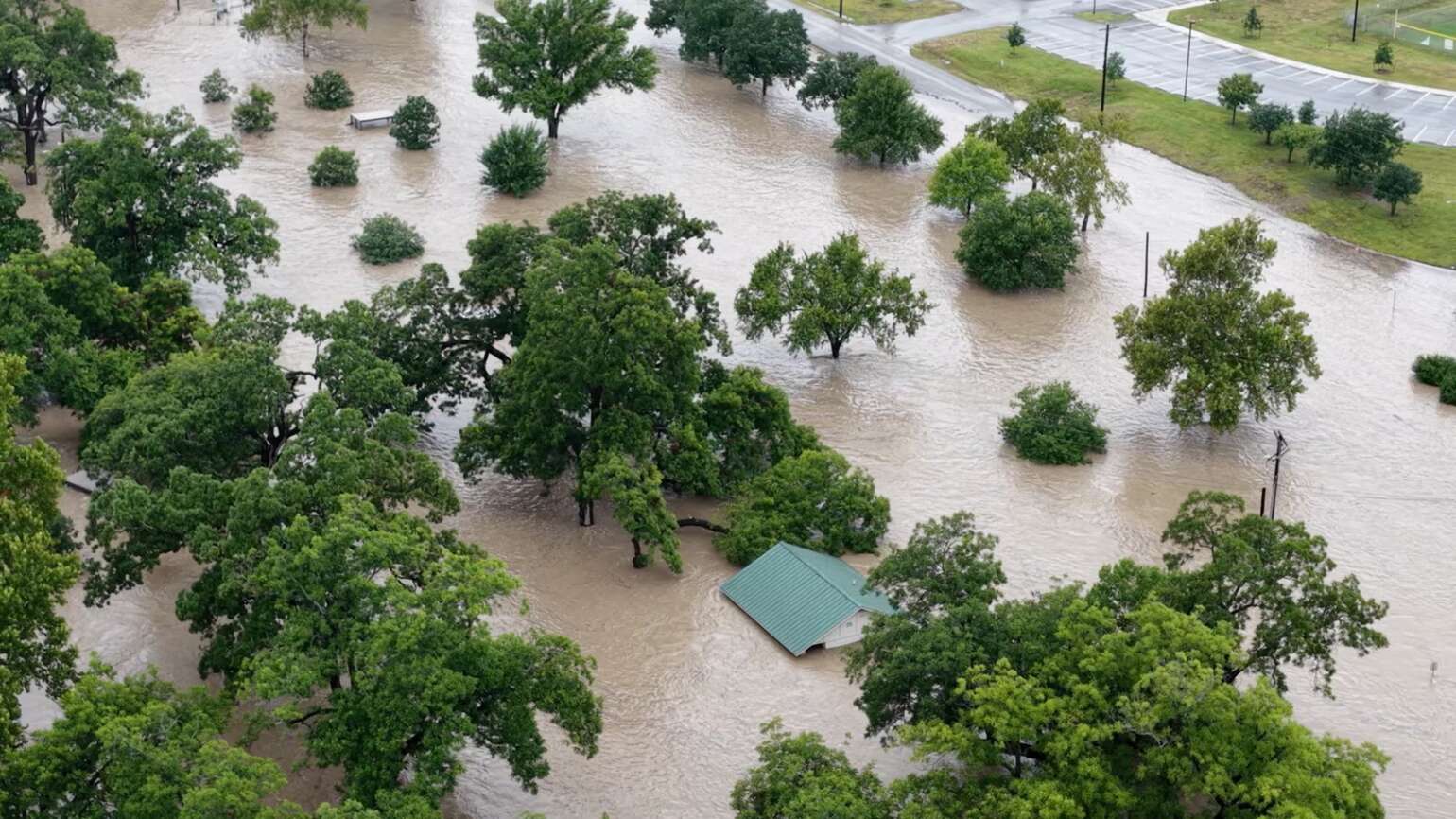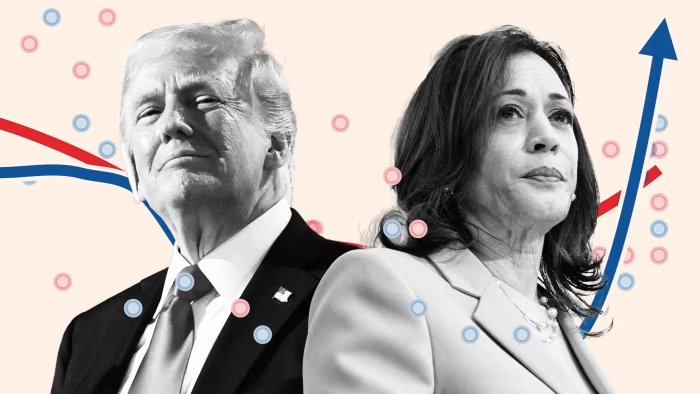Trump’s proposal to give every newborn baby $1,000 may sound like a family-friendly win, but does a one-time check at birth really help a child thrive in the long run?
Instead of handing out cash on day one, what if we turned that $1,000 into a real investment — one that teaches financial literacy, grows with the child, and supports their future when they need it most?
At iVoteMyVote.com, we believe this isn’t just a policy question — it’s an opportunity to build smarter citizens through economic education and practical empowerment.
💰 A One-Time Bonus Isn’t Enough
Let’s face it: $1,000 disappears quickly — especially in the early years of raising a child. Diapers, formula, and medical bills eat up that amount in weeks, if not days. While the gesture may feel good politically, it lacks staying power.
Worse, it may unintentionally encourage births in unstable households simply to claim a short-term financial reward. That’s a dangerous incentive that could place children in vulnerable positions without long-term support.
🏦 What If That $1,000 Was Invested for K–12?
Now imagine a better plan:
Instead of paying at birth, the government could deposit that $1,000 into a custodial investment account when a child enters kindergarten — with access restricted until high school graduation.
Think of it like a mini IRA or educational savings plan, hosted through a trusted institution like Wells Fargo that offers checking, savings, and investment services under one roof.
Over 12 years, the child would not only see their investment grow — they’d also learn how it grows, building financial understanding and responsibility along the way.
📚 The K–12 Investment Learning Model
Here’s how this smarter model could work:
Kindergarten: The Seed
-
A $1,000 deposit is made into a custodial investment account when the child enters school.
-
Parents and students can track the account value, but withdrawals are locked.
Grades 1–12: Learn & Grow
-
Each year, students complete grade-level financial literacy programs.
-
Topics include saving, interest, inflation, investment risk, and how markets work.
-
Completion unlocks small bonus contributions to reinforce learning.
High School Graduation: Access
-
At age 18, students gain access to the account.
-
Funds can be used for college, trade school, starting a business, or first-time homeownership.
📈 Why This Model Wins
✅ Builds Real Economic Understanding
Children experience real market gains and losses, not just textbook theory.
✅ Encourages Long-Term Thinking
Families focus on long-term planning, not quick cash.
✅ Reduces Exploitable Incentives
By shifting investment from birth to kindergarten, it discourages abuse while ensuring support for growing children.
✅ Strengthens Financial Institutions
Partnering with banks like Wells Fargo provides secure, accessible platforms for all families.
✅ Empowers the Next Generation of Voters
Students graduate with money and the knowledge to manage it responsibly.
🔁 Let’s Shift the Conversation: From Gimmick to Growth
This isn’t about rejecting support for families — it’s about using taxpayer dollars intelligently. The Trump baby bonus could become more than a handout. It could become a generation-changing opportunity to teach financial skills, personal responsibility, and economic participation.
Let’s stop asking “Who gets $1,000?” and start asking “How can $1,000 shape a future?”
✅ Take Action with iVoteMyVote.com
We support policies that build smarter, financially empowered voters — not just momentary headlines.
📢 Speak up. Vote smart.
📩 Support candidates who invest in education, economic access, and long-term success — not quick gimmicks.



